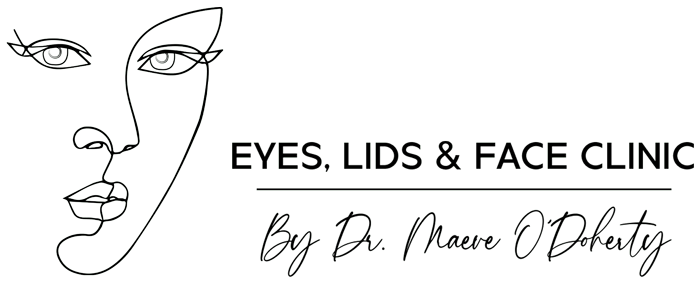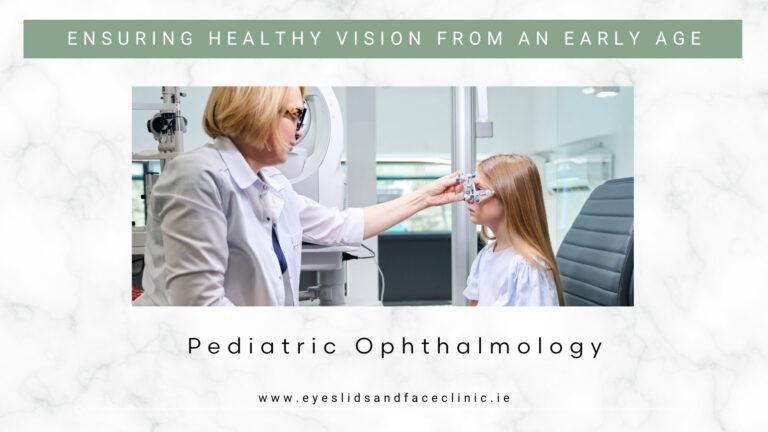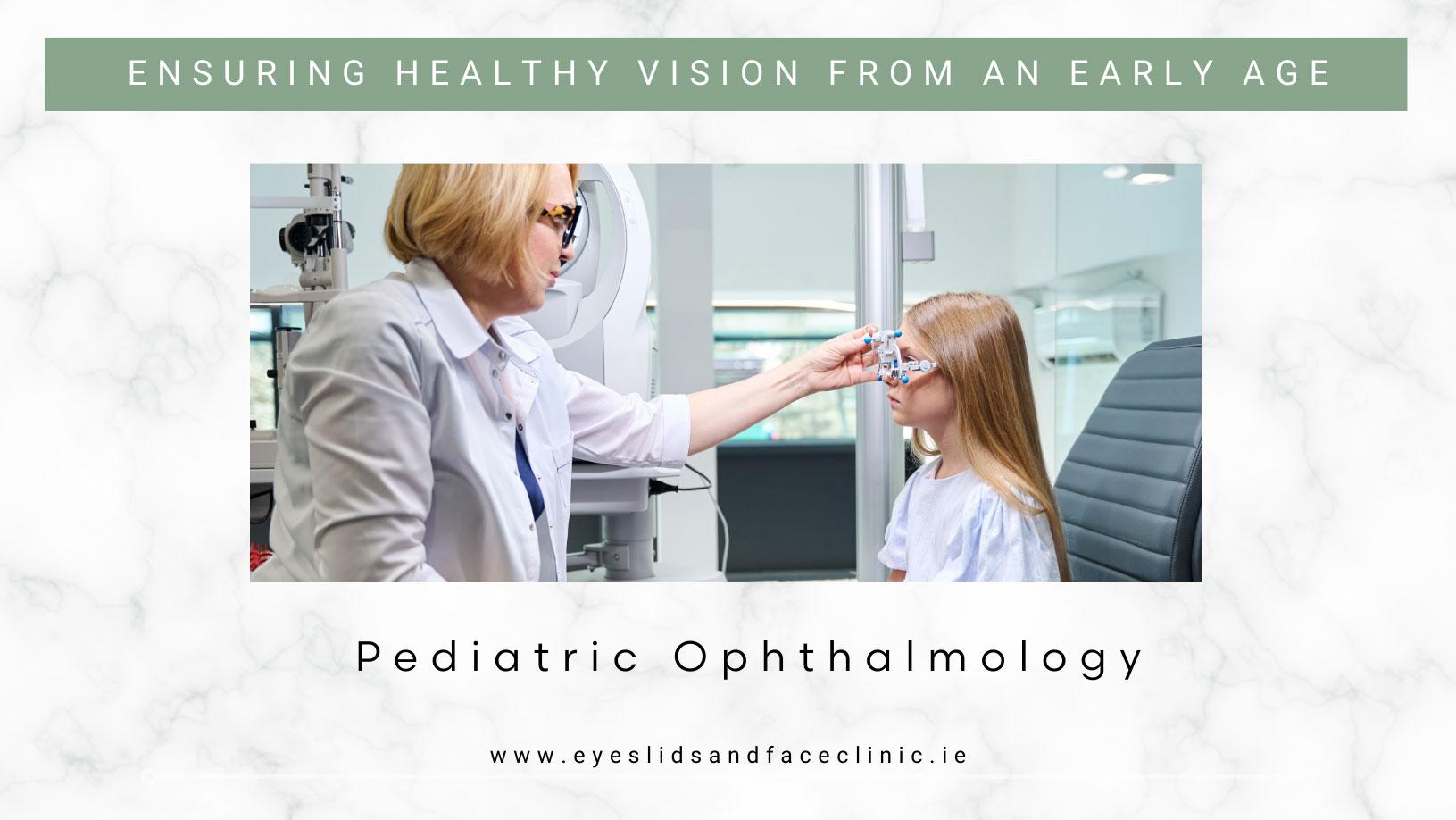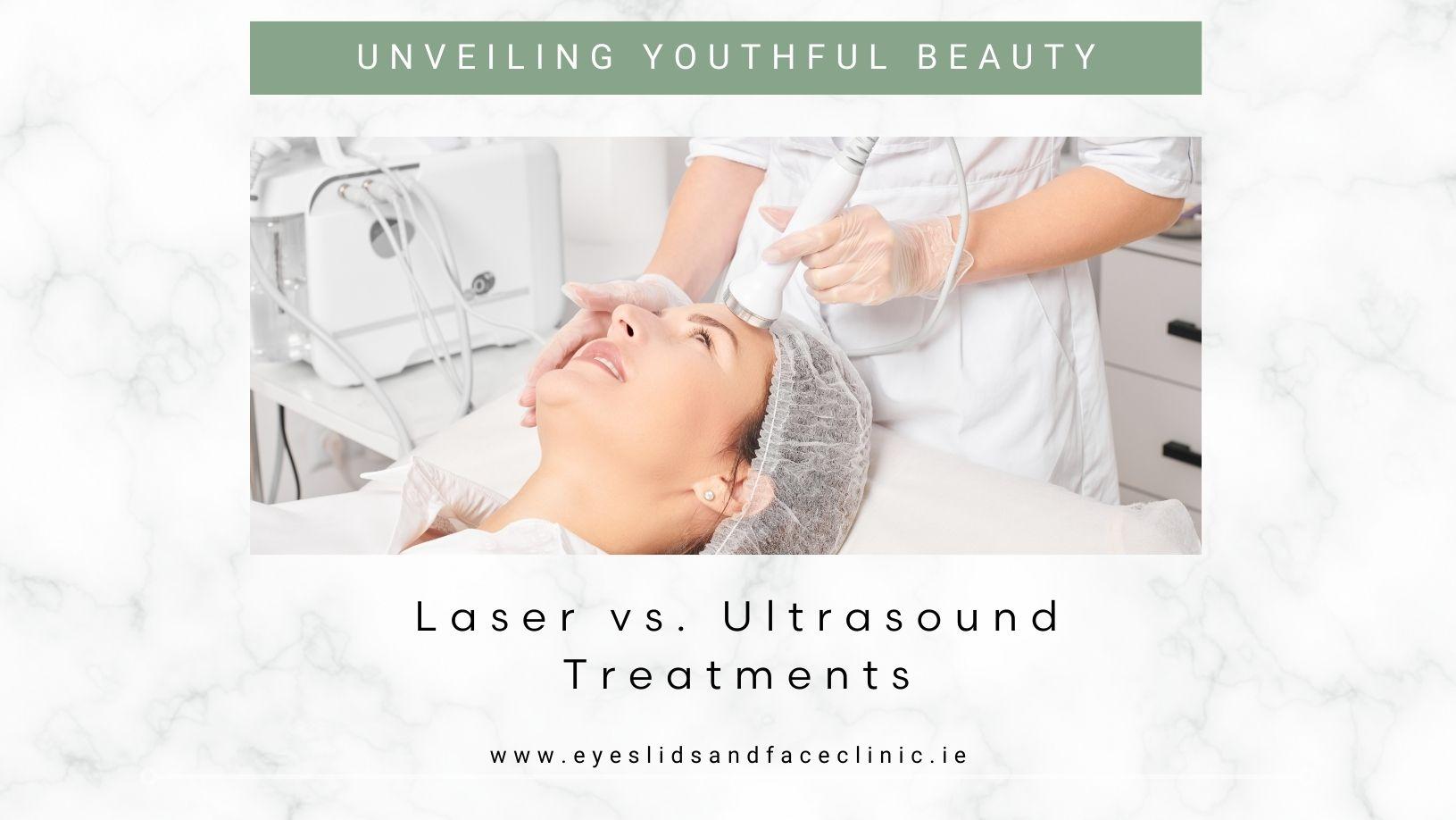The world is a visual playground for children, filled with colors, shapes, and movements that captivate their developing minds. Healthy vision is essential for their overall growth and development, playing a crucial role in their learning, social interactions, and even motor skills. Pediatric ophthalmology, a specialised field of medicine, focuses on the eye care needs of infants, children, and adolescents. In this blog, we will explore the importance of pediatric ophthalmology, common eye conditions in children, the significance of early detection and treatment, and how parents can ensure their child’s vision remains healthy from an early age.
The Importance of Pediatric Ophthalmology
Children’s eyes are constantly developing, and their visual system undergoes significant changes during the first few years of life. Pediatric ophthalmologists are trained to detect and address any abnormalities or conditions that could affect a child’s vision. Early detection and intervention are crucial because many eye problems can be effectively treated if identified early on, preventing potential vision loss or developmental delays. Regular eye exams are recommended for all children, even if they show no obvious signs of vision problems.
Common Eye Conditions in Children
Several eye conditions can affect children, some of which include:
- Refractive Errors: Nearsightedness (myopia), farsightedness (hyperopia), and astigmatism are common refractive errors that can cause blurry vision. These conditions can often be corrected with glasses or contact lenses.
- Amblyopia (Lazy Eye): Amblyopia occurs when one eye has weaker vision than the other. It is often caused by strabismus (crossed eyes) or a significant difference in refractive errors between the two eyes. Early treatment is essential to prevent permanent vision loss in the weaker eye.
- Strabismus (Crossed Eyes): This condition involves misalignment of the eyes, causing them to turn inward, outward, upward, or downward. Strabismus can lead to amblyopia and other vision problems if left untreated.
- Pediatric Cataracts: While less common than adult cataracts, pediatric cataracts can occur in infants and children. They involve clouding of the lens of the eye, leading to blurry vision or even blindness if not treated promptly.
Early Detection and Treatment
Early detection of eye conditions in children is paramount for successful treatment outcomes. Regular comprehensive eye exams by a pediatric ophthalmologist can identify any underlying issues. Parents should also be vigilant about any signs of vision problems in their children, such as squinting, frequent eye rubbing, difficulty focusing, or complaints of blurry vision.
Treatment options vary depending on the specific condition. Refractive errors can often be corrected with glasses or contact lenses. Amblyopia treatment may involve patching the stronger eye to encourage the weaker eye to develop properly. Strabismus may require glasses, patching, eye exercises, or surgery in some cases. Pediatric cataracts usually necessitate surgical removal of the cloudy lens and replacement with an artificial lens.
Ensuring Healthy Vision from an Early Age
Parents play a crucial role in safeguarding their child’s vision. Here are some tips for ensuring healthy vision from an early age:
- Schedule Regular Eye Exams: Follow the recommended schedule for comprehensive eye exams by a pediatric ophthalmologist.
- Observe Your Child’s Visual Behavior: Watch for any signs of vision problems and report them to your child’s doctor.
- Protect Your Child’s Eyes from the Sun: Use sunglasses that block 100% of UV rays when outdoors.
- Limit Screen Time: Excessive screen time can strain young eyes. Encourage breaks and outdoor activities.
- Provide a Healthy Diet: A balanced diet rich in fruits, vegetables, and omega-3 fatty acids can promote good eye health.
Pediatric ophthalmology is essential for safeguarding the precious gift of sight in children. By understanding the importance of early detection, regular eye exams, and proper eye care, parents can ensure their children enjoy healthy vision and a bright future filled with vibrant experiences. Remember, a child’s eyes are windows to the world, and protecting their vision is an investment in their overall well-being.




